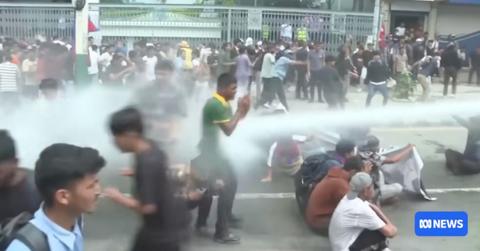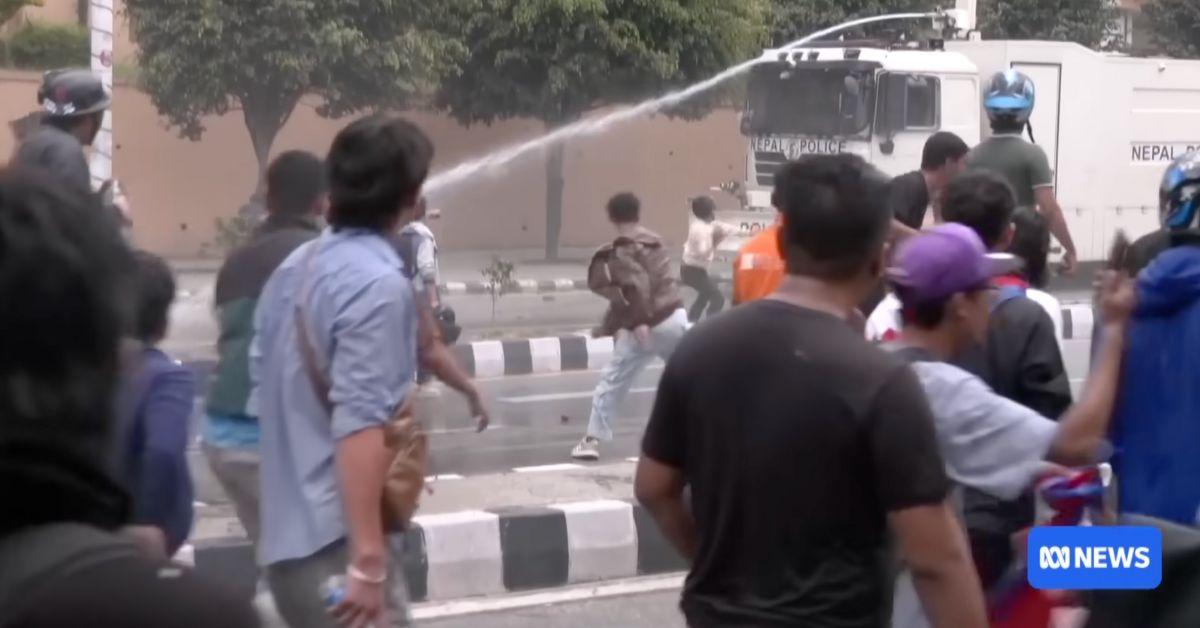Nepal Has Lifted Its Social Media Ban, but Why Did It Enact One to Begin With?
Nepal's ban on social media fomented a wave of serious protests.
Published Sept. 9 2025, 2:49 p.m. ET
A series of protests in Nepal in early September turned deadly after more than a dozen protesters were killed in the country's capital of Kathmandu. Members of Gen Z had taken to the streets to protest the Nepalese government's ban on all social media, and the protests got so violent that the government relented and rescinded the ban.
The protests were also to push back against general corruption in the Nepalese government. Following the news of these deadly protests, many naturally wondered why Nepal had decided to ban social media in the country to begin with. Here's what we know.
Why did Nepal ban social media?
The ban encompassed roughly two dozen social media platforms, including Facebook, WhatsApp, and YouTube, according to CNN. The government claimed that the ban was enacted to clamp down on fake news and hate speech and also said the companies had failed to register with Nepal's Ministry of Communication and Information Technology. Rights groups, meanwhile, claimed that the move was designed to censor citizens of Nepal, limiting the ways they can interact with one another.
The protests were sparked by the social media ban but came to be about much more than just the ban itself. They also reflected poor economic opportunities among young people in the country, and a sense that the government of Nepal is broadly corrupt.
“All the Nepali citizens are fed up of corruption. Every youth are going outside the country. So, we want to protect our youth and make the country’s economy better,” a protester explained to Reuters.
A UN human rights official speaking to CNN said that the UN has received “several deeply worrying allegations of unnecessary” force used by security forces against protesters during the protests.
Nepali Prime Minister KP Sharma Oli claimed that outside agitators were responsible for the violence, but declined to offer specifics. His government has long been criticized for a broad failure to crack down on corruption inside the country, and he stepped down in response to the protests.
The focus of the protests was twofold.
Although many who protested were genuinely upset over the social media ban, some people were also protesting a feeling that the government was cracking down on free expression instead of the corruption that many in the country believe to be a serious problem.
Major social networks are far from perfect, but they offer young people, especially, a way to connect and can also be a tool for dissenting against the regime.
That's why the move to ban them inside the country was met with such vigorous and widespread protest. The move was seen as a step toward authoritarianism inside the country.
Now that the ban has been lifted, it's unclear whether Nepal's political class will work to ban the platforms again or simply choose to give up on this particular battle. Given the amount of uproar and the number of casualties, it seems like the kind of move that might have broken loose a wave of dissent inside the country.

